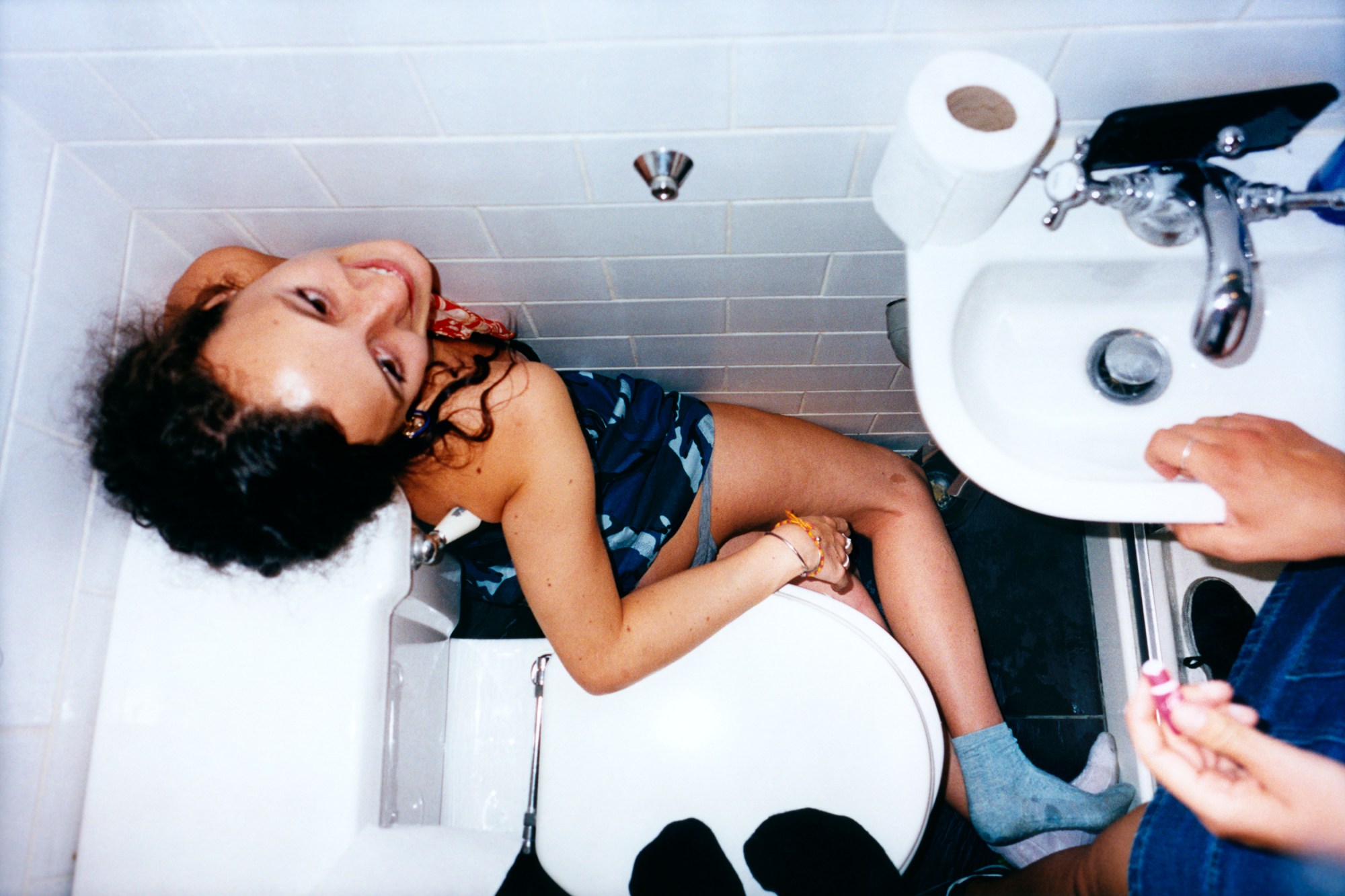Cheap mattresses. Dirty carpets. Crowded bathrooms. Beneath them, damp basements littered with Red Stripe, Stella and Tyskie cans. Empty fridges, full baggies, bedroom DJs. The places and props of British student life will be familiar to many, even if the people in these photographs are not. To Evie Shandilya, the two are inseparable in the lives of her friends, mostly UAL students living in south London. They’re her cast of characters in I Just Want to Party, a photobook that follows the trajectory of a night in: pre-drinks, house party, afters, after-afters, aftermath.
The photos were shot in the streets and rented houses of south London between 2017 and 2019. Many of Evie’s friends were studying at Camberwell, Chelsea, LCC or CSM. To that end, the behaviour is comforting in its conformity: drinks, drugs, dancing, flirting, and lots of thrifted outfits. But Evie, now 25, was only partly involved in this scene. Instead of university, she was working as an intern and then studio manager for photographer Tyrone Lebon, best known for his fashion work, like shooting i-D covers of Lara Stone and Willow Smith, and directing Frank Ocean‘s “Nikes” video. She would visit friends’ houses for parties as her home and creative circles combined. She always brought a 35mm point-and-shoot with her. “I’m a slightly awkward person, so maybe this was me using the camera to understand and relate to situations,” she says.
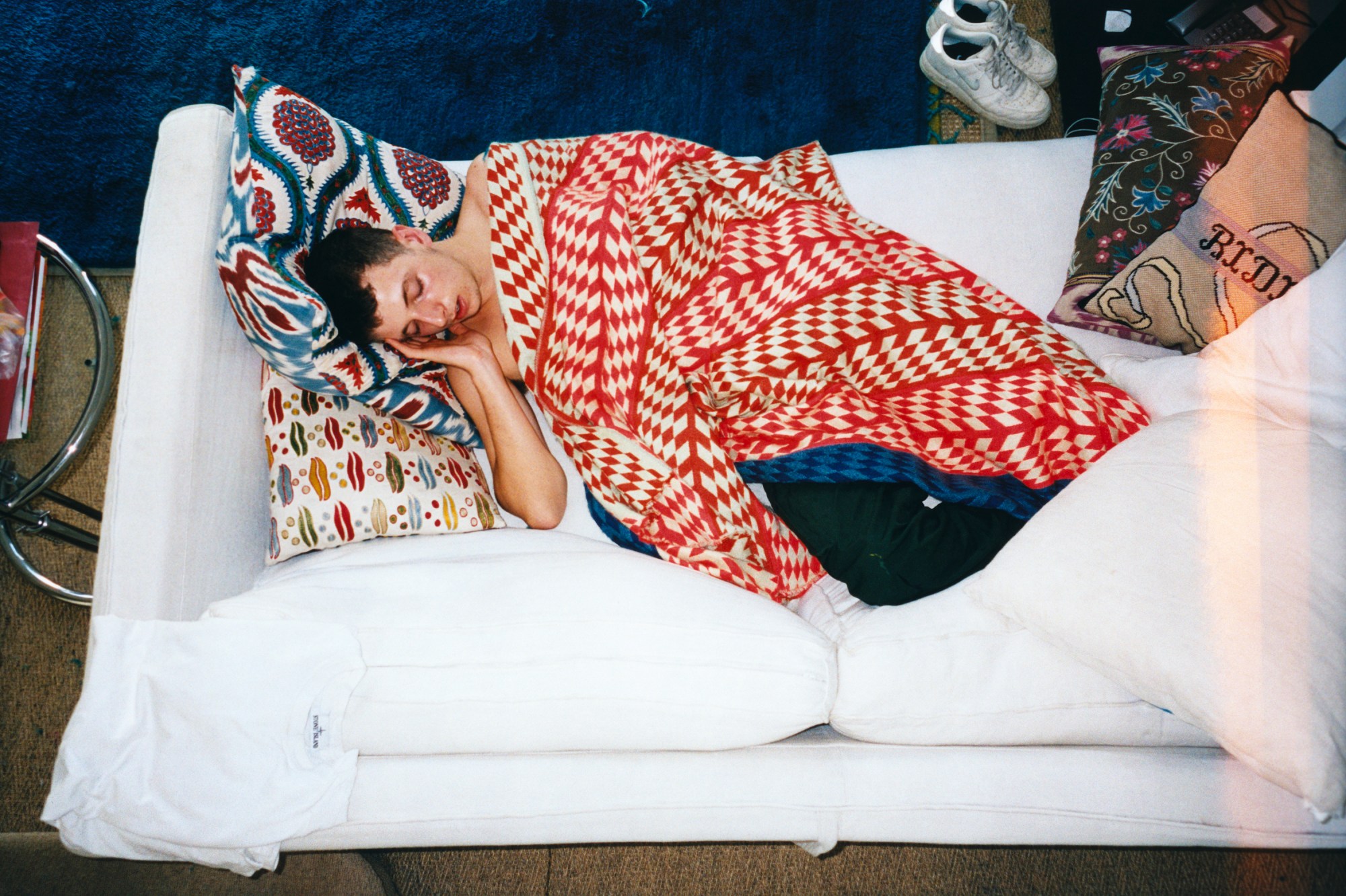
Evie grew up in a “pretty loose” household, “my mum’s attitude was to have as few rules as possible because then there’s less to break.” When she finished school and moved back to London, she had already been through what her peers were experiencing. Their first taste of living away from home with little responsibility, a student loan, and fairly limitless access to alcohol, drugs and people. “Other peoples’ freedom had an element of newness to me,” Evie says. “Its novelty was interesting to photograph. It became kind of obsessive.” The photographs are loose, unplanned, intimate, mirroring the early-morning wandering around a house party. Her friends lounge around smoking in various states of undress, play music to makeshift dancefloors and pass out wherever convenient, tangled among each other.
This sense of distance gives the book an added layer of narrative. The photographs become less about confirming what we already know (that this kind of partying has always happened, is happening now, and will continue happening in the future) and more about exploring the melancholia thrown up by its transience, by the sometimes alienating act of observation. But this otherness never becomes voyeurism. Ten photographs are accompanied by loose paper inserts, acting as captioned anecdotes which root each image in time and place. We learn, for example, that an image of a girl sprawled in a small bathroom was taken over Notting Hill Carnival, in Evie’s dad’s girlfriend’s house. The girl in the photo has fallen off the toilet. “I don’t think I’ve ever fallen off a toilet,” Evie writes. Another gives details about two friends, Sean and Rosie. “She has this ability to make you reciprocate her energy.”

Working in Tyrone’s studio exposed Evie to the world of fashion photography, but was also a time of broader influence. She picks out Nan Goldin’s The Ballad of Sexual Dependency (1986), the artist’s deeply personal document of home and hedonism across Boston, New York and Berlin. Ray Billington’s Ray’s a Laugh (1996), a raw look at the artist’s parents’ lives in Birmingham, showed Evie that “you can use photographs for storytelling in quite a funny way, and quite a poignant and sad way.” Among her contemporaries, she mentions Rosie Marks and Sean Vegezzi, whose documentary style “encouraged me to constantly be paying attention to the things that are going on in the streets.” One shot in I Just Want to Party shows a friend, Sydney, being sick on the pavement. A battered phonebox and dead squirrel also make up the book’s everyday urban.
I Just Want to Party may carry that sweaty, grungy, fly-on-the-wall quality, but it’s also sporadic. Evie’s friends are sometimes asleep, unaware of her or moving quickly, creating blurred figures and uneven compositions. They are also uncensored, not beautified to filter out the dirty, trashy side of partying. Drunken falls, vomiting, daytime comedowns. The house is a kind of collective depository: wet towels on the floor and anonymous blood in the sink. Drug use is captured in a matter-of-fact style, ritual over romance. Gurning, not glamour. A boy leans back, eyes closed (maybe passed out) against the side of the bed while someone tips a clump of cocaine onto his suitably flat forehead.
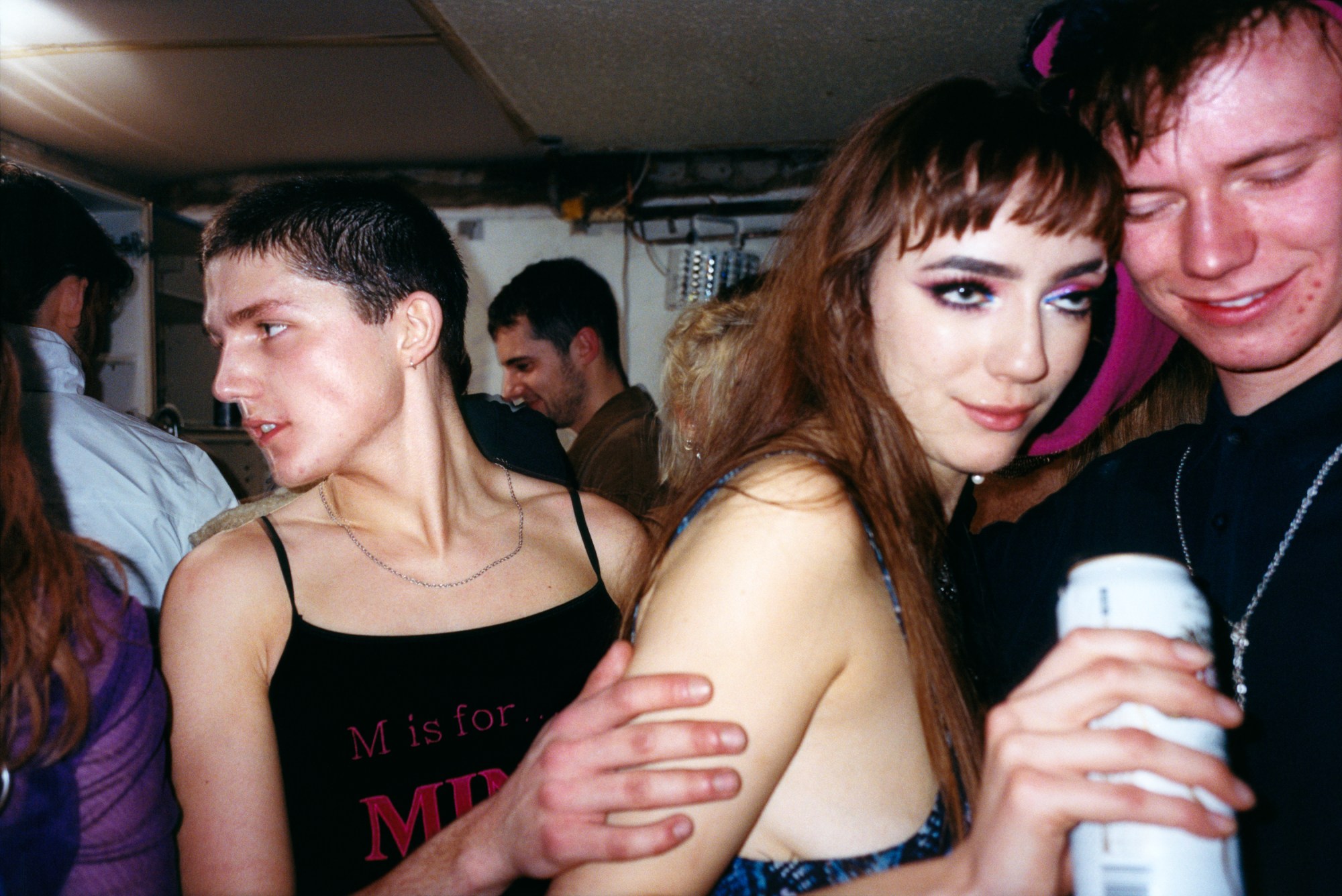
There’s also a sense of enclosure: not quite exclusivity, perhaps just social reality. Enjoying these parties relies on a shared energy, a swiftly-forged but deep, sincere trust. Sometimes that trust seeps away, whether the morning after, or months later when interests diverge. In one caption, Evie describes drifting from a friend, Callie. “This night felt like reliving the past, and it made me melancholic to accept that the friendship had run its course; we no longer needed each other.” The book embraces adolescence’s known laws. That for every house party, afters, and dungeon basement you have a great time in, they’ll be an equal number where you walk in, take one look around and then head straight for the exit. One note describes a friend’s basement called “The Bumhole”. “It felt as though there was a very strong central core of friends, and they were letting everyone else have a glimpse into their reality,” Evie writes. It was just as the host, Gus, intended. Evie mentions to me that there are no images of the pub. She was always working when her friends went after lectures, she explains. You can only photograph what’s in front of you.
Making photographs like this carries its own risk, especially when compiled in book form. They can be elevated to represent a specific moment in cultural history, often against their will. To serve the flawed idea that by examining young people via film, music or photographs, we can learn something about the social conditions which produced them and their era. (Imagining how this might sound is an exercise in itself: ‘Students defy fee hikes, soaring rents and a marketised art world via hedonistic parties.’ Someone would probably also mention Brexit). The gulf between photograph and viewer is full of these misreadings and contortions.
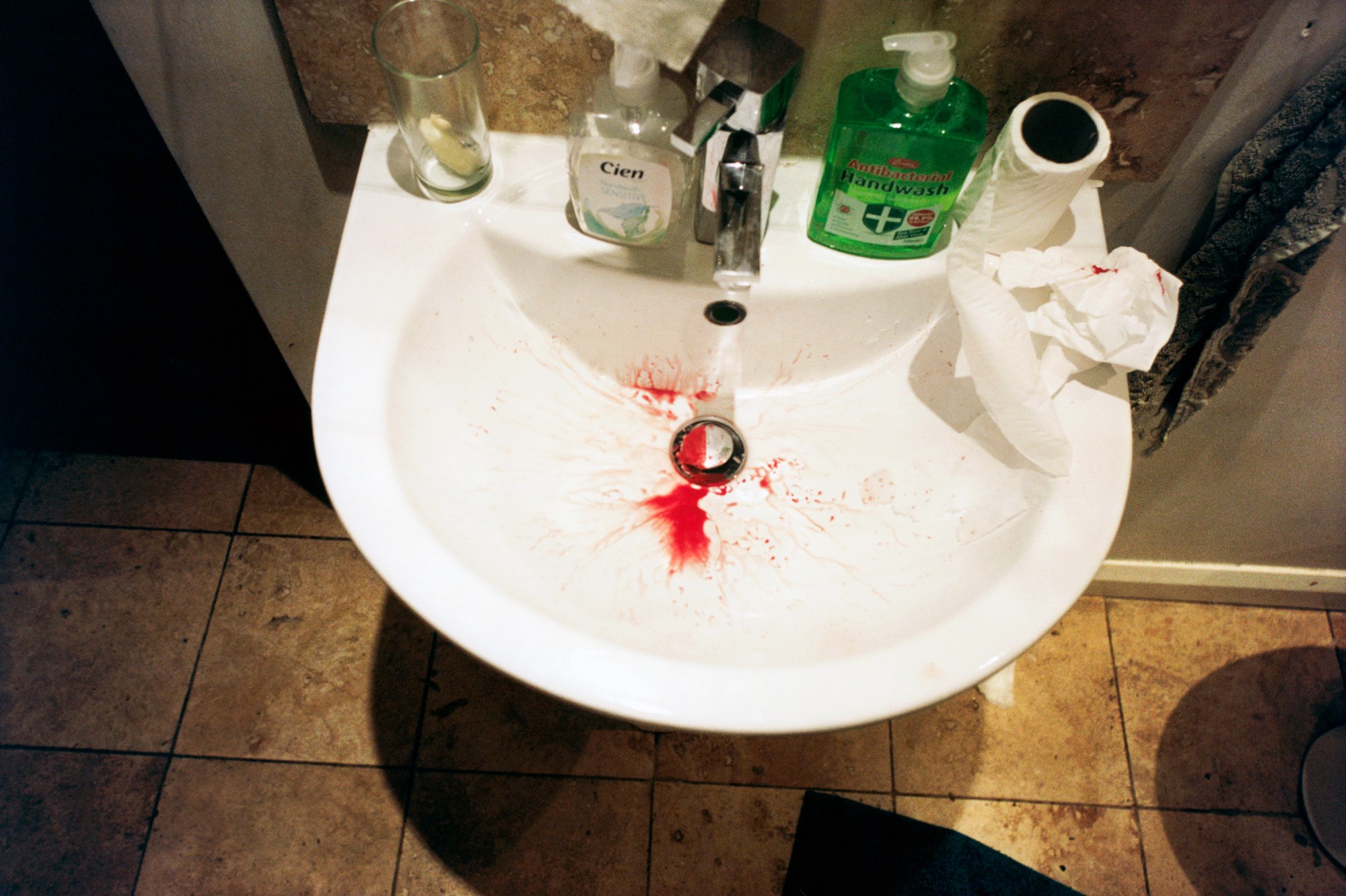
What about the illusions, the artifice which makes the book so fun? Both qualities are common to both partying and photography. These parties did happen; they were fun if you were there. But photographs are an essential fiction, no matter how close to a person’s truth they may bend. There is a sense of mourning here, not necessarily for a particular night or experience, but for living in the present rather than having to reconstruct and discuss the past. I Just Want to Party‘s power is its relation to genre itself: the anti-glamour, had-to-be-there aesthetic, refusing to shoulder the responsibilities or zeitgeist of its generation. Its irreverent, ironic, unpretentious glance towards the totally unspectacular conditions of its creation. Like its author, it speaks plainly, summed up by its tagline. “I don’t feel nostalgic for this time,” Evie writes. “This was just what happened.”
Evie Shandilya’s ‘I Just Want to Party’ is out now.
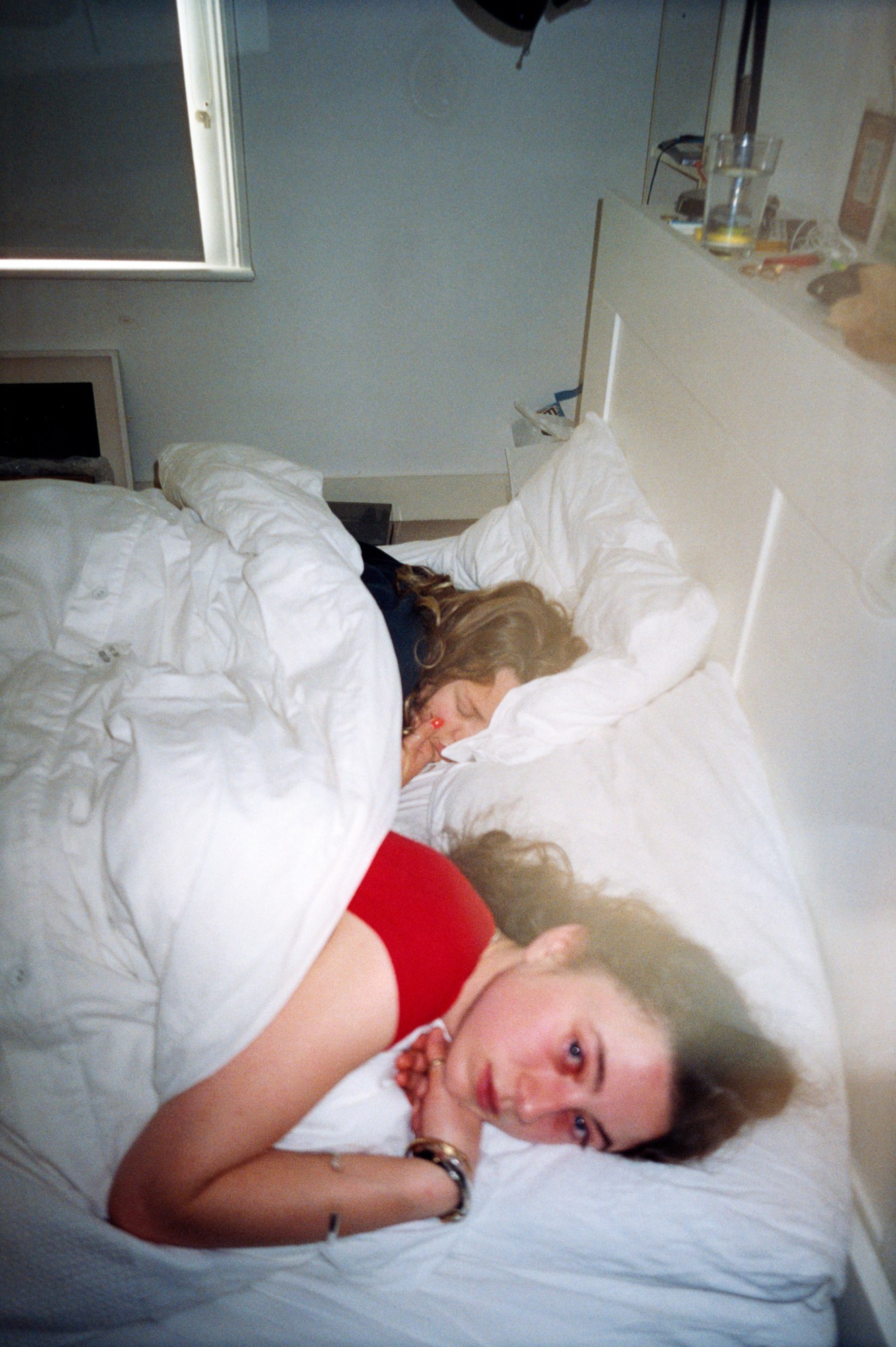
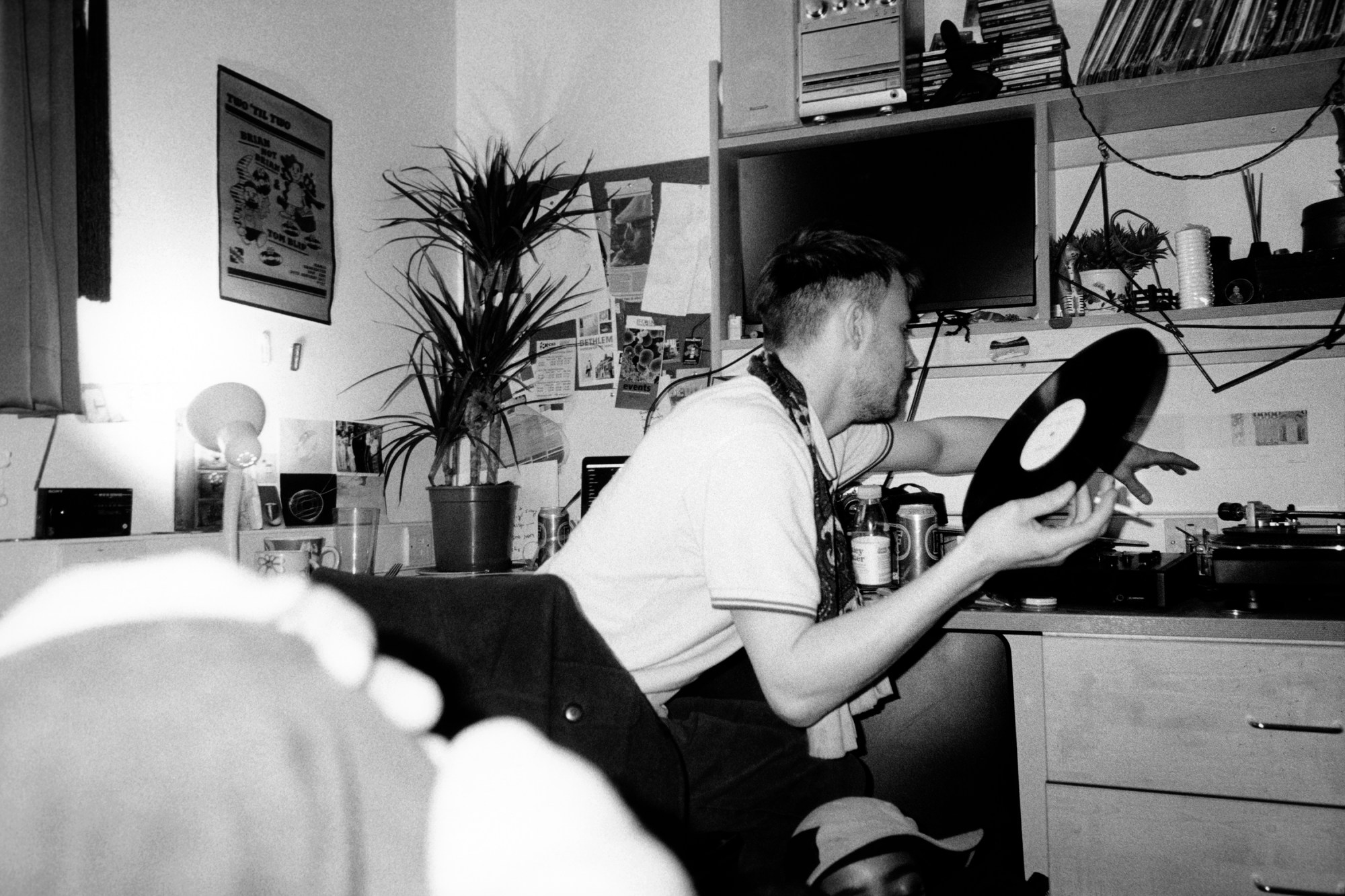

Credits
All images courtesy Evie Shandilya
